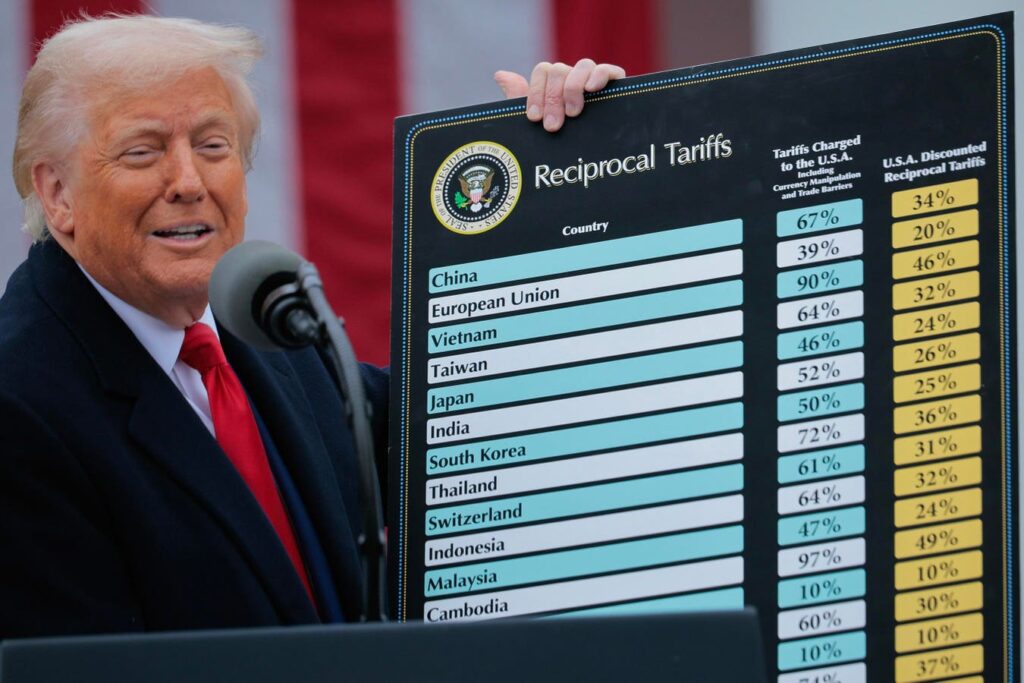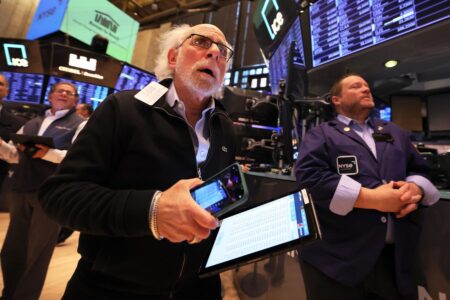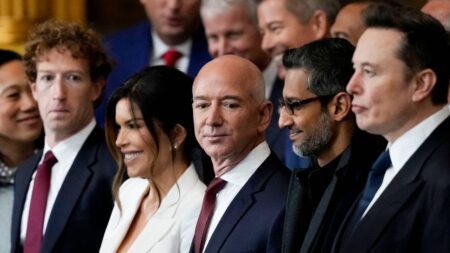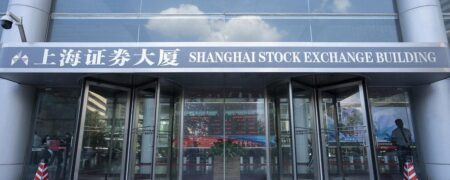Jeffrey Garten’s Three Days at Camp David is a riveting, character-driven account of the 1971 meeting where President Nixon severed the dollar’s link to gold, upending the global monetary system—a must-read for anyone interested in how bold economic decisions shape history. Fast forward to 2025, and we may be witnessing an equally transformative moment. President Trump’s aggressive tariff policies and the Senate’s proposed tax bill are poised to rewrite the rules of international trade and fiscal policy in ways that could rival Nixon’s bold gambit.
Here’s why these actions are more than just political theater—they’re a revolution in how America interacts with the world economy.
Unilateralism Redux: America First, Global Stability Second
In 1971, Nixon shocked the world by prioritizing domestic economic concerns—unemployment and inflation—over the stability of the Bretton Woods system. Garten’s analysis highlights how Nixon’s team acted decisively, leaving no room for doubt about their intentions. Similarly, Trump’s tariff policies have thrown multilateral trade norms into disarray. The Richmond Fed’s survey reveals that 78% of businesses expect tariffs to negatively impact their operations, with many planning to pass these costs on to consumers. This echoes Nixon’s disregard for international consensus when he unilaterally redefined America’s economic priorities.
The Senate’s proposed tax bill compounds this shift toward unilateralism. By trying to replace income tax revenue with tariff revenue—a move endorsed by Trump himself—the U.S. is doubling down on protectionism as a cornerstone of fiscal policy. This approach mirrors Nixon’s willingness to disrupt global systems for domestic gain, albeit with potentially even greater consequences.
Rewriting Trade and Fiscal Rules
To understand the magnitude of this shift, consider the parallels between Nixon’s actions and today’s policies:
Just as Nixon’s decision ended fixed exchange rates and created a new era of currency competition, Trump-era tariffs are reshaping global trade dynamics. Importers have already scrambled to front-load shipments ahead of tariff hikes, distorting GDP growth figures in Q1 2025 while setting up a drag for Q2. Meanwhile, corporate profits remain at record highs—thanks in part to structurally higher margins post-pandemic—but this cushion may not last as tariffs ripple through supply chains.
Domestic Priorities with Global Fallout
Both Nixon and Trump share a common thread: prioritizing domestic political objectives over international stability. For Nixon, it was about curbing inflation and unemployment; for Trump, it’s about leveraging tariffs to boost revenue while cutting taxes. But these moves come with significant risks:
- Labor Market Strains: Immigration restrictions under Trump have tightened labor markets, particularly in sectors like construction where immigrants make up 25-30% of the workforce (NAHB). This mirrors Nixon’s domestic focus but adds a layer of complexity as labor shortages threaten economic growth.
- Consumer Pain: Just as Nixon’s policies led to short-term inflation relief followed by long-term volatility, today’s tariffs are driving up prices for consumer goods. The Richmond Fed survey confirms that businesses plan to pass these costs on to consumers, exacerbating inflationary pressures.
- Corporate Leverage: Post-1971 floating rates enabled multinational corporations to thrive; today, record corporate profits and historically low net interest payments create a buffer against tariff shocks—but for how long?
Economic Distortions on Steroids
One hallmark of revolutionary economic shifts is their ability to distort traditional metrics. In 1971, abandoning the gold standard created “fiat currency chaos.” In 2025, we’re seeing similar distortions across multiple fronts:
- GDP Accounting Mud: Tariff front-running has artificially boosted Q1 auto sales (+14.7% year-over-year), masking underlying demand weakness (Yahoo). This short-term boost will likely reverse in Q2, creating a rollercoaster effect on reported growth figures.
- Household Finances Under Pressure: The resumption of student loan payments has already pushed millions into delinquency, with average credit scores expected to drop by 141 points (WSJ). Combined with rising prices from tariffs, household budgets are under siege.
- Market Volatility: Economic policy uncertainty is at its highest level since records began, echoing the volatility that followed Nixon’s shock decision.
Conclusion: The New Normal?
In retrospect, Garten describes Nixon’s shock as both inevitable and revolutionary—a necessary response to unsustainable pressures within the Bretton Woods system. Similarly, Trump-era tariffs and tax policies reflect mounting tensions within today’s global economic order: rising debt levels, labor market imbalances, and growing protectionist sentiment.
But while Nixon’s actions were largely reactive—addressing immediate crises—today’s policies feel more proactive, even aggressive. By reshaping trade rules and fiscal priorities simultaneously, Trump and his allies are not just responding to economic challenges; they’re redefining them.
What This Means for Your Portfolio
1. Maximum Gold:
With economic policy uncertainty at record highs and tariffs threatening currency stability, gold remains the ultimate hedge. The metal’s role as a “chaos insurance” asset is reinforced by historical precedent: Nixon’s 1971 shock triggered a 400% gold rally over the next decade. Today’s $60B/month of passive equity flows tethered to employment could reverse violently if labor markets crack, accelerating demand for hard assets.
2. Minimum Equity Exposure:
Equities are sitting on a triple knife-edge:
- Margin Mirage: Corporate profits may be at record highs, but tariff-related cost pressures and consumer weakness (see: 9M student borrowers facing credit score implosions) will erode earnings.
- Policy Risk: The Senate’s $5.8Tn deficit-expanding tax plan creates fiscal uncertainty (Reuters).
- Bear Market Reality: With job cut announcements spiking to post-GFC highs and household expectations for stock performance cratering, equities face a prolonged downturn that could last another year or more.
3. Strategic Government Bonds:
As recession risks mount, demand for Treasuries will surge, compressing yields. Focus on intermediate-term bonds (5-7 years) to balance inflation risk and duration exposure. This is just a trade that may end quickly once the fiscal issues get more exposure.
The question now is whether this new order will stabilize or spiral into chaos, forcing Trump to reverse course on tariffs. One thing is clear: like Nixon in 1971, Trump has set us on an uncharted path. Investors who ignore these parallels may do so at their peril.
Read the full article here
















